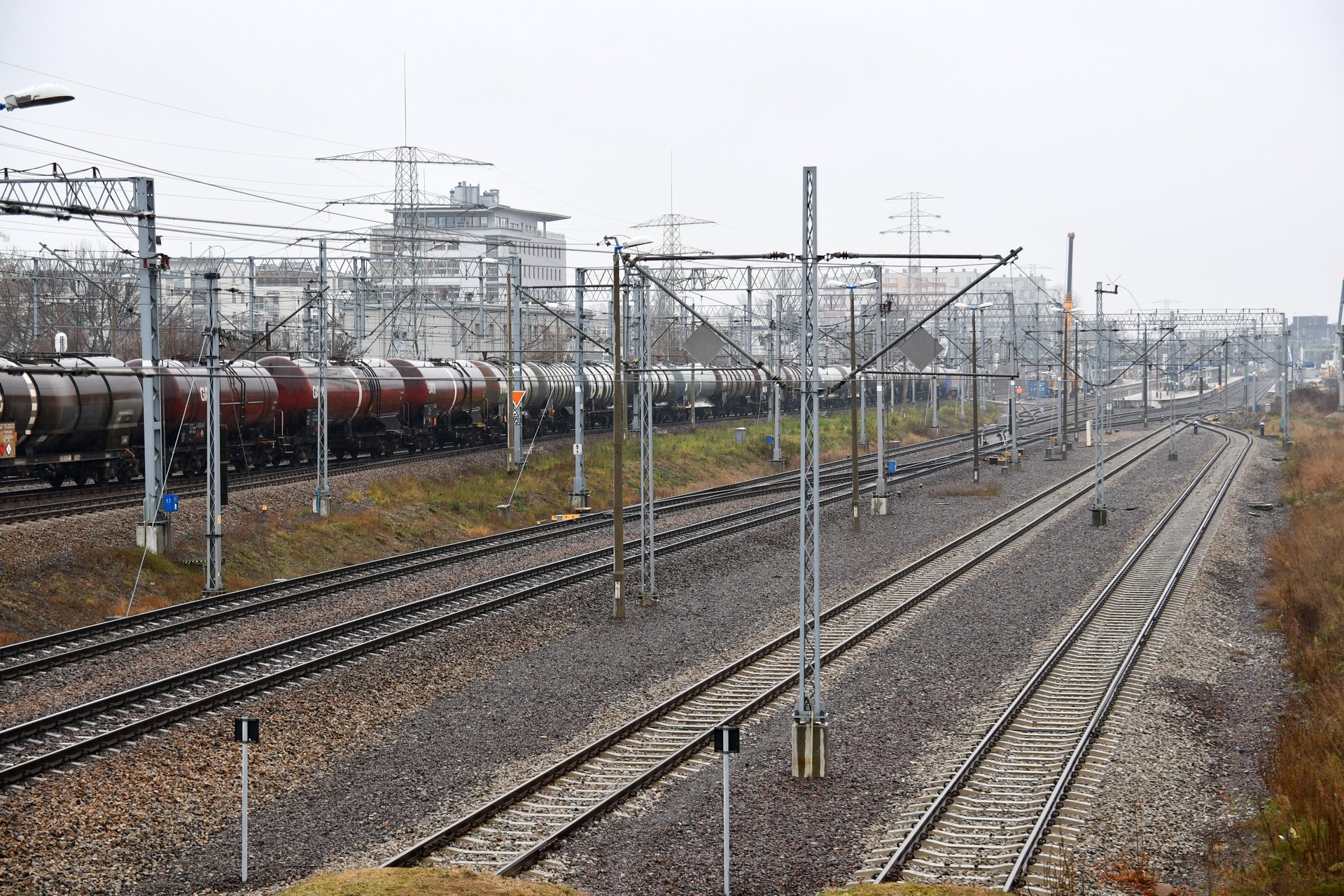 The European Parliament’s Transport and Tourism Committee (TRAN) unanimously adopted its position on new rules setting the conditions on the planning and allocation of railway infrastructure capacity in the EU.
The European Parliament’s Transport and Tourism Committee (TRAN) unanimously adopted its position on new rules setting the conditions on the planning and allocation of railway infrastructure capacity in the EU.
The aim is to allow for more optimal use of the rail tracks and increase punctuality and reliability. In addition, greater use of rail as a mostly electrified and energy-efficient mode of transport, is seen as a path to reducing transport-related emissions and energy consumption.
Transport MEPs agreed to give more powers to European Network of Infrastructure Managers (ENIM) to coordinate cross-border capacity and traffic, as currently uncoordinated maintenance works and lack of cooperation between different infrastructure managers result to congestions and delays at borders.
“We urgently need a modal shift to rail to decarbonise the European transport sector. New rules will facilitate this transition and ensure a more optimal use of the rail tracks. We want to ensure an effective stakeholder consultation and ambitious targets for the digitalisation of tools and services. We also propose new tasks to the European Railway Agency, together with an increased budget,” EP rapporteur Tilly Metz (Greens, LU) said.
They support the division of the railway infrastructure capacity planning into three stages covering strategic planning at each five years, annual scheduling and adaptation. MEPs also suggest setting up a European Railway Platform consisting of railway undertakings, which would bring in operators, ports or rail-related service owners’ view in capacity planning and distribution.
MEPs on the Transport and Tourism Committee are alarmed that between 1990 and 2021 the EU railway network shrank over 12 000 km, which hinders EU’s shift-to-rail objective. They want to commit EU countries to prevent the degrading of rail infrastructure and ensure adequate, stable and timely funding. EU governments and infrastructure managers should sign at least five years investments agreements helping to maintain, renew and develop rail infrastructure, they add.
Automation and digital tools could make traffic management faster, more effective and cut red tape, note the draft rules. Therefore transport MEPs want different digital tools, such as display of capacity plans or digital reporting of incidents, to be deployed from mid-2025 to end of 2030. European railway agency shall coordinate these tasks, they add.
Transport and Tourism Committee position on new EU rules on the use of railway infrastructure capacity was adopted unanimously by 30 votes in favour. It will now be put to a vote at an upcoming plenary session and will constitute Parliament’s position at first reading. The file will be followed up by the new Parliament after the European elections on 6-9 June.
Share on:



